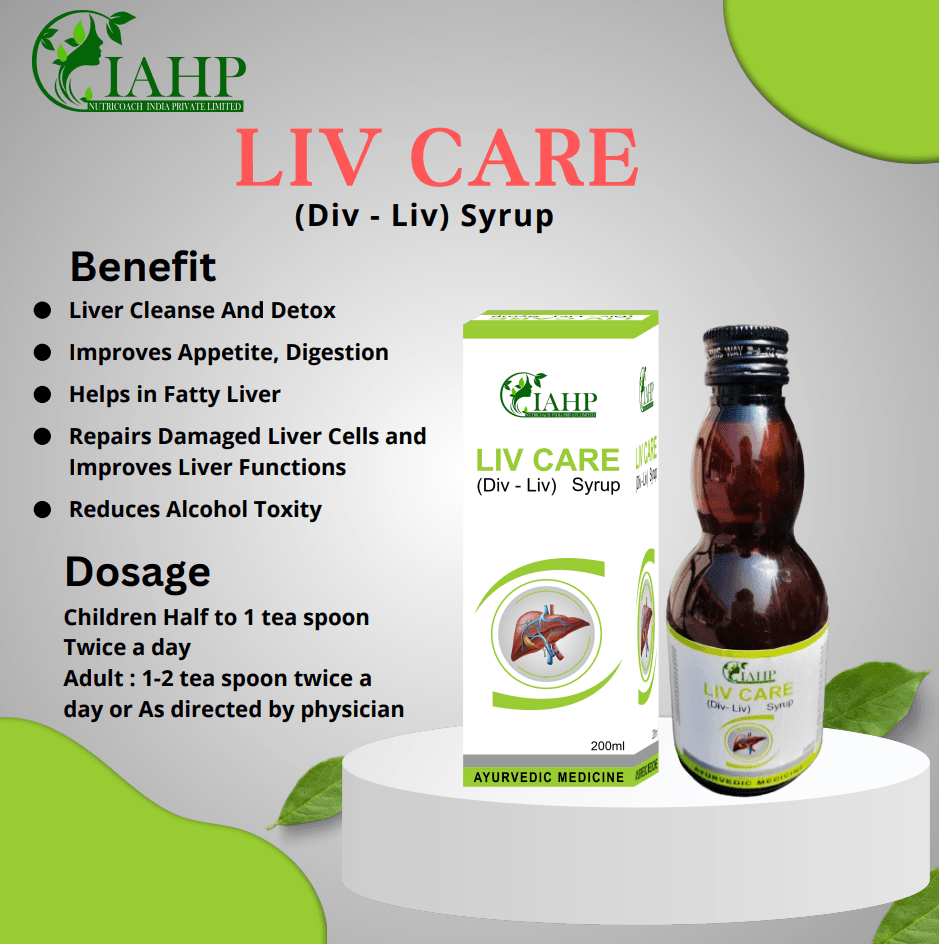Subtotal: ₹395.00
DHANIYA (CORIANDER)
₹40.00
Description
Nutritional Profile and Health Benefits of Coriander
Coriander, also known as cilantro, is renowned for its impressive nutritional profile, making it a valuable addition to various diets. This herb is rich in essential vitamins, minerals, and phytonutrients, which contribute to its numerous health benefits. Notably, coriander contains significant amounts of vitamin C, vitamin K, and dietary fiber, all of which play vital roles in promoting overall well-being.
Vitamin C acts as a powerful antioxidant, enhancing the immune system and protecting against cellular damage. Additionally, it aids in collagen synthesis, which is crucial for healthy skin and tissue repair. Vitamin K, another predominant nutrient found in coriander, is essential for proper blood clotting and bone health. Moreover, dietary fiber contributes to digestive health by promoting regular bowel movements and supporting gut microbiota.
Coriander is particularly celebrated for its anti-inflammatory properties. The phytonutrients present in the herb may help reduce inflammation in the body, potentially lowering the risk of chronic diseases such as heart disease and diabetes. Furthermore, coriander has been shown to support digestive health, alleviating symptoms like bloating and gas. This can be attributed to its ability to stimulate the production of digestive enzymes, facilitating better nutrient absorption.
In addition to these benefits, incorporating coriander into one’s diet may aid in detoxification processes. The herb has been linked to the removal of heavy metals from the body, thus promoting overall detoxification. Recent studies suggest that coriander may also contribute to blood sugar regulation, making it beneficial for individuals with diabetes or those at risk of developing the condition.
Overall, the nutritional benefits of coriander extend far beyond its culinary uses. Including this versatile herb in daily meals can enhance not only flavor but also health, underscoring the importance of natural coriander in a balanced diet.
Culinary Uses and Preparation of Coriander
Coriander, also known as cilantro in its fresh form, is a versatile herb that plays a significant role in various culinary traditions worldwide. Its unique flavor profile, which is citrusy and slightly spicy, enhances a wide array of dishes. In Asian, Mexican, and Middle Eastern cuisines, coriander serves not only as an ingredient but also as a garnish to elevate presentation. Fresh coriander leaves are often used in salsas, salads, and soups, while its seeds are ground into spice mixes for curries and marinades.
When selecting coriander, it’s essential to choose fresh leaves that are vibrant green and not wilted or yellowing. For optimal storage, wrap fresh coriander in a damp paper towel and place it in a plastic bag in the refrigerator. This method helps preserve the freshness and flavor for a longer period. Dried coriander seeds should be stored in a cool, dark place in an airtight container, as this will retain their aromatic qualities. It’s worth noting that fresh coriander and dried coriander seeds impart different flavors; fresh leaves contribute more of a green, herbal taste, while the seeds offer a nutty, warm dimension.
Preparing coriander for cooking can be done in various ways. The leaves can be chopped finely or left whole for garnishing, and they pair well with lime, garlic, and chili. The roots of the coriander plant are also edible and are commonly used in Thai cuisine to add depth to broths and sauces. Incorporating coriander into everyday meals can be both simple and rewarding; consider adding fresh coriander to stir-fries, tacos, or even grilled meats for an extra layer of flavor.
With its multifaceted applications, coriander can inspire creativity in the kitchen. Experimenting with this herb can lead to innovative recipes, allowing cooks to enjoy its unique taste while exploring the rich tapestry of global cuisines.

 LUNG - CARE (30 Capsules)
LUNG - CARE (30 Capsules) 





Reviews
There are no reviews yet.